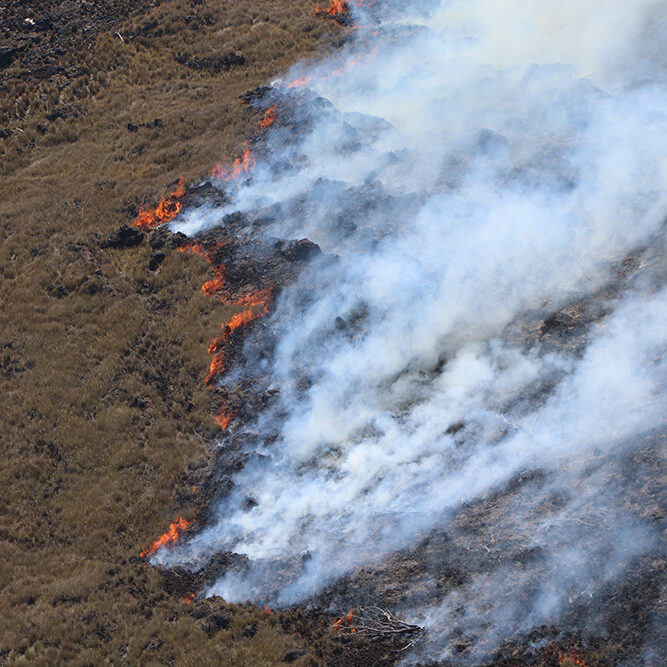Connecting Research to On-the-Ground Wildfire Priorities
PFX strives to serve the needs of wildfire practitioners, island communities and landscapes by working with our partners to identify and pursue relevant science and research across the Pacific region.
2014 Stakeholder Priorities
In 2014, wildfire stakeholders prioritized knowledge about pre-fire management; prevention, outreach, and education; wildland urban interface; after-fire response; wildfire suppression; collaboration; drivers and impacts of wildfire and the use of technologies. These priorities provided a road map for PFX products and activities and a resource to identify and develop research that meets on-the-ground needs (right). Read more here about these stakeholder priorities.
Current Wildfire Research Needs
PFX engages in many questions concerning the relationship of fire to the natural and built (human) environment. This include understanding how the climate crisis is impacting fire outcomes in the Pacific. In addition, building a better understanding of the social, cultural, economic and human dimensions of fire are critical Pacific Island research needs.
Do You Have a Great Idea You'd Like to Pursue?
Check Out Our Research Library
Recent Resources for Researchers
Brought to you by USDA Forest Service’s Pacific Island Forestry, this story map presents the full picture of wildfire in western Pacific islands. CHECK OUT THE STORY MAP
A look at the resiliency of a Hawaiian woodland forest within Hawai‘i Volcanoes National Park 25 years after fire.
Author Clay Trauernicht provides a spatial fire occurrence models to reveal the relative influence of multiple drivers, and discusses rainfall-vegetation interactions as a key predictor of fire risk variability as well as future drying predictions with climate change.











